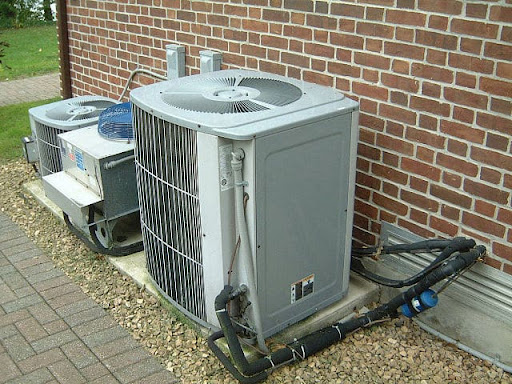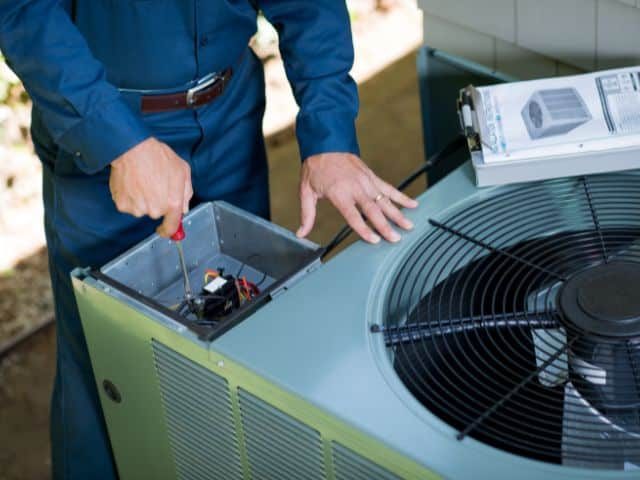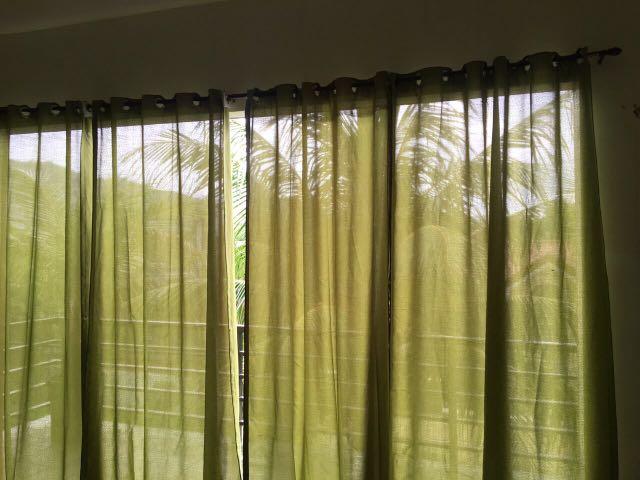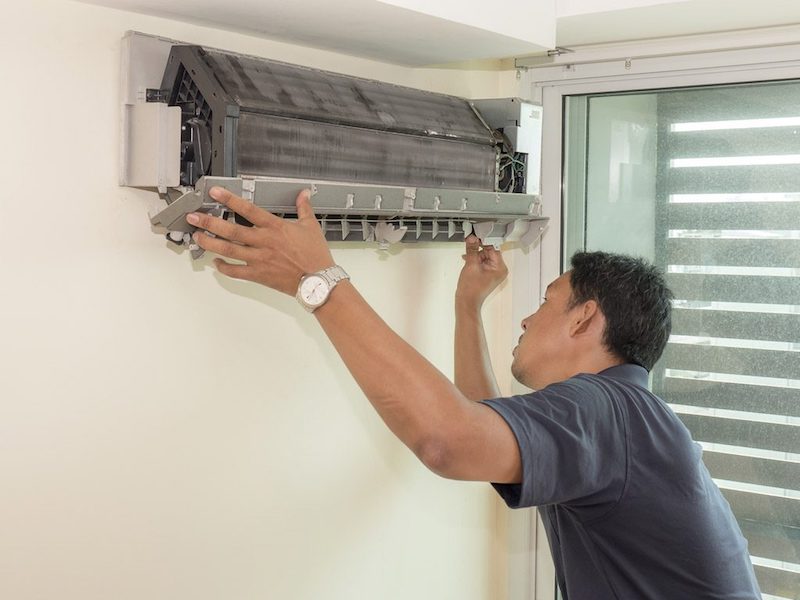When it comes to cooling and heating a home, homeowners have a variety of options to choose from. One popular choice in recent years is the ductless mini-split air conditioner, a versatile and efficient system that offers several advantages over traditional HVAC systems. However, as with any product, it also comes with its own set of drawbacks. In this blog post, we’ll explore the pros and cons of ductless mini-split air conditioners to help you decide if they’re the right choice for your home.
What is a Ductless Mini-Split?
A ductless mini-split system consists of two main components: an outdoor unit and one or more indoor units. These systems provide both heating and cooling without the need for ductwork, making them an ideal solution for homes that don’t have the space or infrastructure for traditional central air conditioning. Mini-split systems are often installed in individual rooms or zones, which allows homeowners to control the temperature in specific areas of the house.
The Pros of Ductless Mini-Split Air Conditioners
1. Energy Efficiency
One of the most significant advantages of a ductless mini-split system is its energy efficiency. Unlike traditional central HVAC systems that lose energy through ducts, mini-split systems deliver cooled or heated air directly into individual rooms without any loss. According to the U.S. Department of Energy, ductless mini-split systems can be up to 30% more energy-efficient than conventional central air systems.
Additionally, mini-split units use inverter-driven compressors, which adjust the speed of the compressor based on the current cooling or heating demand. This means that the system doesn’t have to work as hard to maintain the desired temperature, leading to lower energy consumption and reduced utility bills.
2. Zoning Capabilities
Ductless mini-splits allow for zoned heating and cooling, which means you can control the temperature in each room or area of your home independently. This is especially beneficial in homes with multiple floors or rooms that receive varying amounts of sunlight. For example, you can keep the bedrooms cool at night while leaving the living room at a more comfortable temperature during the day.
Zoning not only improves comfort but also saves energy. Instead of cooling or heating your entire home, you only need to condition the rooms that are in use. This targeted approach reduces energy waste and can lead to significant savings over time.
3. Easy Installation
Another significant advantage of ductless mini-split systems is their relatively simple installation process. Traditional HVAC systems require the installation of ductwork, which can be expensive and time-consuming, especially in older homes. Ductless mini-splits, on the other hand, require only a small hole in the wall to connect the indoor and outdoor units, making them ideal for homes without existing ductwork.
The installation process typically takes only one or two days, depending on the complexity of the system. This can save homeowners time and money compared to installing a central air system.
4. Quiet Operation
Ductless mini-split air conditioners are known for their quiet operation. The compressor and condenser are located outside the home, and the indoor units are designed to operate with minimal noise. Many mini-split systems are quieter than traditional window units or central air systems, which can be disruptive when running.
The lack of noisy ductwork and fans also contributes to a more peaceful indoor environment. For those who prioritize a quiet home or have young children or sensitive sleepers, a ductless mini-split can be an excellent choice.
5. Improved Indoor Air Quality
Because ductless mini-split systems don’t use ducts, they don’t have the dust, dirt, and allergens that can accumulate in traditional ductwork. This means that the air circulating in your home is typically cleaner and fresher. Many modern mini-split systems come equipped with filters that remove dust, pollen, and other particles, which can help improve indoor air quality, especially for individuals with allergies or asthma.
6. Flexible Design
Mini-split systems are available in a range of styles and designs, including wall-mounted units, ceiling cassettes, and floor-mounted options. This variety allows homeowners to choose the type of unit that best suits the layout and aesthetic of their home. The flexibility in design also makes mini-split systems ideal for homes with limited space, as the indoor units are generally compact and unobtrusive.
The Cons of Ductless Mini-Split Air Conditioners
1. Higher Initial Cost
While ductless mini-split systems offer long-term savings on energy bills, they tend to have a higher upfront cost than traditional HVAC systems. The price of a mini-split unit can vary based on factors such as the number of indoor units needed, the size of the space being cooled or heated, and the complexity of installation. For homeowners on a tight budget, the initial cost can be a significant consideration.
However, it’s important to weigh this upfront cost against the potential for energy savings over time. In some cases, the long-term savings on utility bills may justify the higher initial investment.
2. Limited Cooling Capacity for Large Homes
Ductless mini-split systems are well-suited for smaller to medium-sized homes or for creating “zones” within larger homes. However, they may not be the most effective solution for cooling or heating large, open-plan homes with multiple floors. While you can install multiple indoor units to address different rooms, the overall cooling capacity may not be as efficient as a traditional central HVAC system for large spaces.
Additionally, if you have a particularly large or complex home layout, you may need multiple outdoor units, which can increase the cost and complexity of the system. In such cases, it’s essential to consider regular aircon servicing Ang Mo Kio to ensure that your units are operating efficiently and maintaining optimal performance over time.

3. Aesthetic Considerations
While the compact design of mini-split units makes them a great space-saving solution, some homeowners may not like the appearance of the indoor units. Wall-mounted units, in particular, can be an eyesore in certain rooms, especially if the unit is installed in a highly visible area. While some models are sleek and stylish, others may detract from the overall aesthetic of the space.
Fortunately, there are options for ceiling- or floor-mounted units, which may be more discreet, but the trade-off is often the higher cost of installation.
4. Maintenance Requirements
Although ductless mini-split systems generally require less maintenance than traditional HVAC systems, they still require regular upkeep to function efficiently. The filters in the indoor units should be cleaned or replaced every few months, and the outdoor unit should be kept free of debris to ensure proper airflow. Neglecting regular maintenance can result in decreased efficiency and higher energy costs.
Additionally, while the systems are designed to be durable, the outdoor unit can be affected by the elements over time, requiring occasional inspections and maintenance to avoid damage from rain, snow, or other weather conditions.
5. Potential for Noise
While mini-split systems are generally quieter than traditional HVAC systems, some indoor units can still produce noise, especially when the fan is running at higher speeds. The noise level varies depending on the model and brand, so it’s essential to research the specific unit you’re considering. If noise is a critical factor for you, it’s worth checking decibel ratings before making a purchase.
Conclusion
Ductless mini-split air conditioners offer a range of benefits, including energy efficiency, easy installation, and zoning capabilities. They’re ideal for homeowners looking for a flexible, cost-effective solution for heating and cooling specific areas of their home. However, the higher initial cost, limited cooling capacity for large homes, and aesthetic considerations may make them less appealing for certain homeowners.
Ultimately, whether a ductless mini-split system is the right choice for you will depend on your specific needs, budget, and the layout of your home. By carefully weighing the pros and cons, you can make an informed decision about whether this type of system is a good fit for your home and lifestyle.




